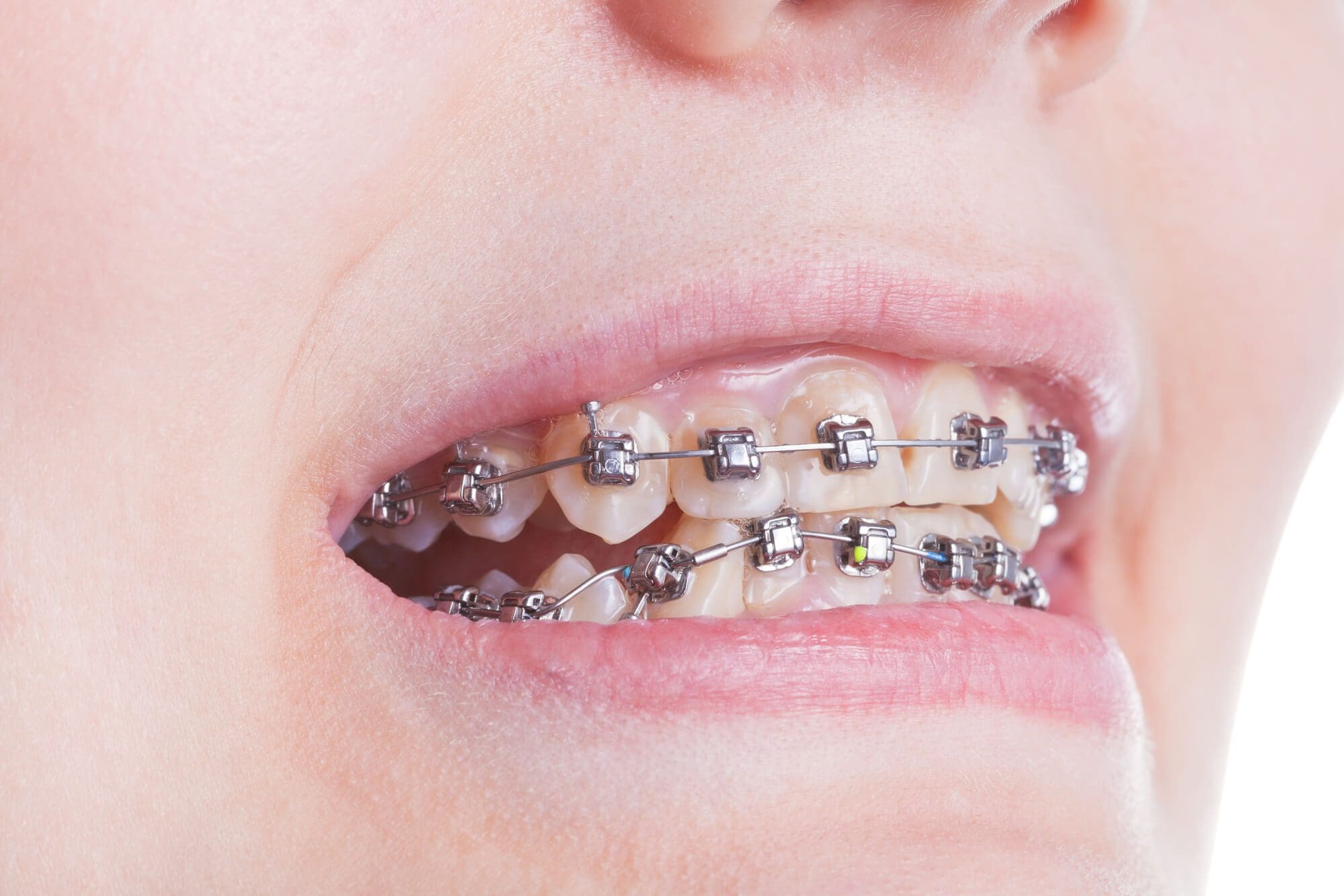What Does All Star Family Orthodontics Do?
Wiki Article
The Buzz on All Star Family Orthodontics
Table of Contents6 Simple Techniques For All Star Family OrthodonticsAll Star Family Orthodontics - An OverviewSee This Report about All Star Family OrthodonticsThe Only Guide for All Star Family OrthodonticsThe 4-Minute Rule for All Star Family Orthodontics

In addition, we provide flexible treatment timetables, flexible repayment options and a fun, enjoyable experience.
An orthodontist is a dental practitioner educated to identify, avoid, and deal with teeth and jaw irregularities. Orthodontists function with people of all ages, from youngsters to adults.
Malocclusion, or misaligned teeth, can bring about dental problems, including tooth degeneration, periodontal illness, and difficult or unpleasant chewing. Yet not everyone is birthed with straight teeth. If you have a poor bite or big rooms in between your teeth, you might wish to speak with a dental practitioner concentrating on orthodontic treatment.
Not known Incorrect Statements About All Star Family Orthodontics
(Image Debt: DigitalVision/Getty Images) Orthodontists make use of fixed and detachable oral gadgets, like braces, retainers, and bands, to alter the position of teeth in your mouth. Orthodontic therapy is for oral irregularities, including: Uneven teethBite issues, like an overbite or an underbiteCrowded teeth or teeth that are also much apartJaw misalignmentThe objective of orthodontic therapy is to improve your bite.While you may believe of orthodontists as primarily for kids or teenagers who need dental braces, they can correct oral problems at any age. Orthodontists go to college, oral school, and orthodontic institution.
, but not all dental practitioners are orthodontists. They focus on two areas: How to appropriately and securely relocate teeth Exactly how to correctly lead development in the teeth, jaw, and faceOnce an orthodontist has actually completed training, they have the option to become board certified.
The Best Guide To All Star Family Orthodontics
Misalignment, or malocclusion, is the most typical factor people see an orthodontist. Malocclusion is usually treated with: Your orthodontist affixes metal, ceramic, or plastic square bonds to your teeth.
If you have just minor malocclusion, you might have the ability to use clear dental braces, called aligners, instead of typical dental braces. Some people need a headwear to help move teeth into line with stress from outside the mouth. After dental braces or aligners, you'll require to use a retainer. A retainer is a custom tool that keeps your teeth in position.

You might need to see an orthodontist if you have: Crowding or otherwise adequate space for every one of your teethOverbite, when your upper teeth come your base teethUnderbite, when your base teeth are also far forwardSpacing or concerns with gapsCrossbite, which is when your top teeth fit behind your bottom teeth when your mouth is closedOpen bite or a vertical gap in between your front bottom and upper teethMisplaced midline, when the facility of your base and upper teeth don't line up Correcting a dental malocclusion can: Make attacking, eating, and talking easierImprove the symmetry of our face and your general appearanceEase discomfort from temporomandibular joint disordersSeparate your teeth and make them simpler to cleanse, helping stop tooth decay or dental caries It's typically a dental expert that initially notices misaligned teeth during a routine test.
Our All Star Family Orthodontics Statements
During your very first orthodontic examination, you'll likely have: An oral examPhotos taken of your face and smileDental X-raysPanoramic (360 degree) X-rays of your face and headImpressions to produce molds of your teethThese tests will certainly assist your orthodontist understand how to wage your therapy. An orthodontist is a dental expert that's had training to treat your teeth and jaw.Orthodontists are dental practitioners yet not all dental experts are orthodontists. Orthodontists are focused on your bite, or the way your teeth fit with each other, and the straightness of your teeth.

This preliminary consultation involves an aesthetic assessment of your teeth and bite, X-rays, and possibly also 3D scans. By carefully evaluating these components, the orthodontist can identify any imbalances, crowding, spacing issues, or jaw disparities. As soon as a clear image is established, the orthodontist will certainly talk about individualized therapy alternatives. This conversation will cover the sort of braces or aligners advised (standard steel dental braces, clear aligners like Invisalign, and so on), the projected therapy duration, and any kind you could try these out of possible difficulties or adverse effects.
How All Star Family Orthodontics can Save You Time, Stress, and Money.
, orthodontists have a diverse toolkit at their disposal. These tried-and-true dental braces utilize a system of braces adhered to the teeth and connected by cables.Clear aligners, like Invisalign, are a prominent alternative for individuals seeking a much more very discreet treatment option. These detachable trays are custom-made to gradually shift the teeth's position. Headgear might be made use of along with dental braces or aligners to apply additional targeted pressures, especially for fixing jaw discrepancies. In situations of slim jaws, palatal expanders can be utilized to produce room for appropriate tooth positioning.
Report this wiki page